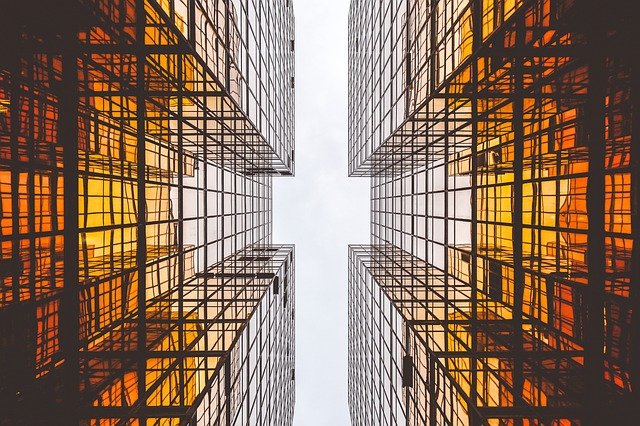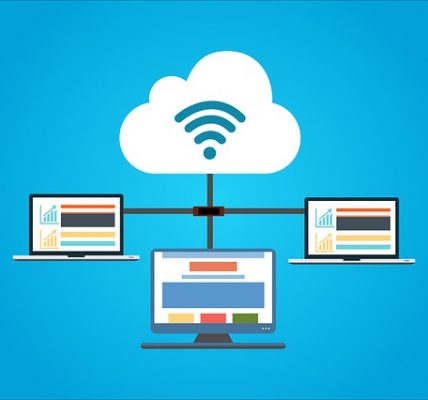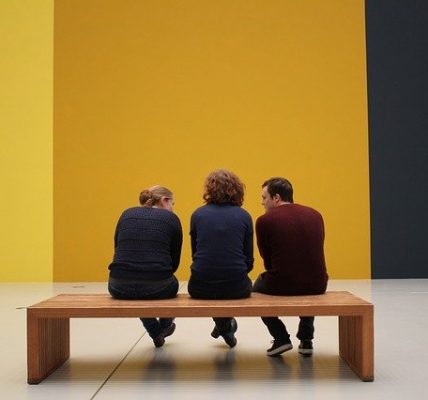
It is a fact that virtual reality (VR) has brought about a significant change in the construction industry at present. Although this did not happen overnight, it has started affecting the construction industry for quite some time now.
Nevertheless, the progress made by VR has been somewhat slow over time. In spite of this, along with other construction technologies such as the usage of construction cones in road construction and drones plus artificial intelligence, there is no doubt about the fact that VR will be making construction projects much more efficient in the near future.
Below, we have mentioned the top 6 ways in which virtual reality is helping the construction industry in 2021.
1. Simulated walk-throughs
It’ll be possible to get lots of information regarding the design aspects of a particular building with the help of simulated walk-throughs using virtual reality.
The customers will be having an almost real-life experience of knowing every single room by walking through their homes.
This will make it quite simple to sell commercial establishments and apartments easily since the customers will be able to know what they are actually purchasing.
2. Assessment of risks
It is imperative for any construction to be able to evaluate the possible risk factors beforehand, during, and also following the installation.
The usage of virtual reality can be useful in accurately figuring out the different risk factors using Virtual Reality Simulation. This can aid in designing better outdoor areas in apartments which are multistoried.
3. It is possible for the construction team to become involved earlier
At present, the construction team becomes involved only when they receive the approved construction layout in their hands.
It might not be possible for them to make any change and even though it needs to be done, the whole process will be delayed in the long run apart from increasing the expenses.
VR will be able to solve this problem since the info available by making use of virtual reality is shareable. In fact, the construction team can likewise be able to take part in virtual walk-through thus pointing out mistakes which the design team has failed to detect earlier.
4. Identify conflict areas in layouts earlier
A lot of construction entrepreneurs are already making use of BIM which is actually an extension of VR. This helped to identify layout conflicts between different professions involved in the design of the building.
VR will be able to take this info to the subsequent level. By walking through virtual spaces, it will be possible to identify conflicts easily such that they can be adjusted beforehand.
5. Provide safety training as well as better preparation for construction
Virtual reality can help to prepare for safety training in a better manner and also assist the construction team in having a better comprehension of the safety aspects as well.
This will help in saving a considerable amount of time and the whole process of construction is going to become productive, efficient, and probably faster.
Moreover, the construction professionals will have the opportunity of practicing their activities by means of live walk-throughs by making use of virtual reality technology.
6. Real-time building construction monitoring
One significant benefit provided by augmented reality devices is the fact that they will be able to detect equipment failure beforehand. By making use of thermal vision technology, it will be possible for these devices to identify areas where there is an excessive buildup of pressure or blockage which might not be possible for the naked eye to detect.
These devices will also be able to access the present situation and provide step-by-step instructions and data visualization on steps for resolving the equipment problems. This technology can be extremely advantageous to the building managers while constructing electrical, mechanical, or plumbing equipment.
Conclusion
Thus, after going through this above-mentioned article, it is evident to all of us that the present construction industry is going to experience a quantitative as well as qualitative modification in safety, productivity, error monitoring, and also the necessary solutions to them by using VR technologies.
It is only a matter of time before virtual reality can turn out to be the universal interface which every single building profession will be using for testing and simulating the design plus construction of buildings.










![Watch Video Now on xiaohongshu.com [以色列Elevatione perfectio X美容仪 perfectio X 全新仪器黑科技了解下]](https://www.techburgeon.com/wp-content/uploads/2019/07/perfectiox-singapore-150x150.jpg)
